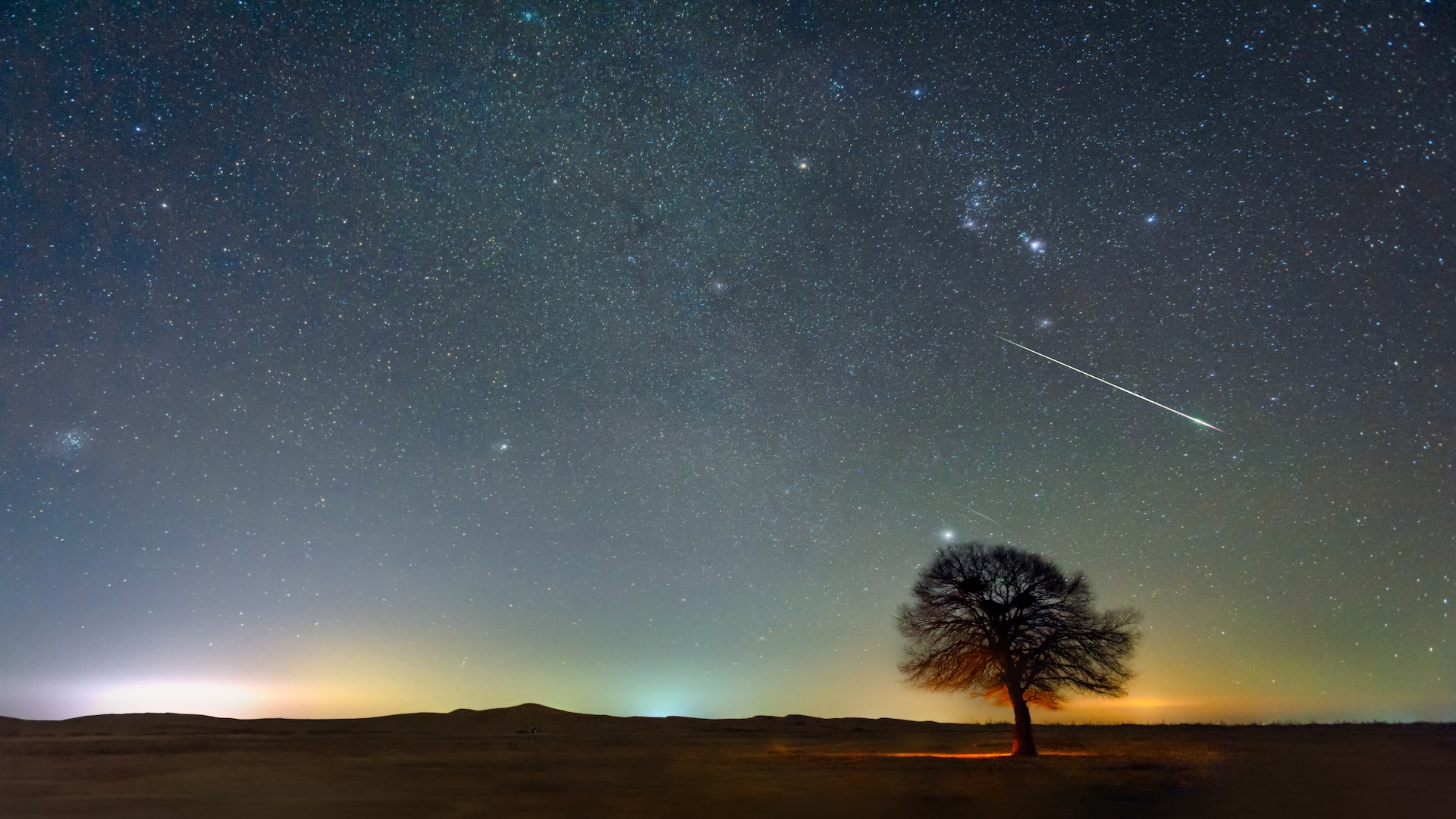Surprise! Adult Hearts Grow New Cells

It was long thought that the human heart, like the brain, was unable to grow new cells after birth. But today scientists announced the first evidence that new heart cells are made throughout a person's life.
Brain cells also grow and change well into adulthood, scientists announced a few years ago.
"If you cut your skin, your skin can heal. If you break your bone, bones can heal. But organs like the heart and brain, people thought, couldn’t make new cells," said Ratan Bhardwaj of the University of Toronto. "But now we've shown that the human heart does make new cells."
Bhardwaj and colleagues detail their discovery in the April 3 issue of the journal Science.
"We feel that this is a very fundamental breakthrough in basic science," Bhardwaj told LiveScience. "We totally open the door for future therapies."
For instance, the finding could help doctors design treatments for the damage caused by heart attacks, which was previously thought to be irreversible.
Overall, it is starting to look like the body has a lot more potential for regeneration than doctors had suspected.
Get the world’s most fascinating discoveries delivered straight to your inbox.
Carbon-dating the body
The team used an innovative technique to uncover the self-healing potential in the blood-pumping organ — they carbon-dated human heart cells.
During the 1950s when scientists tested nuclear bombs above ground, the level of radioactive carbon-14 in the atmosphere rose. After 1963, when an anti-nuclear proliferation treaty stopped the tests, the isotope levels gradually dropped.
Any cell — either in a plant, animal or person — created during the time of above-ground testing should have an elevated level of carbon-14 in its DNA, the researchers reasoned. They used the carbon-dating method on people born before and after the nuclear testing, and found that people's hearts contained cells born at a variety of times. In fact, it appears that heart cells regenerate throughout a human lifetime, with a 1 percent annual turnover rate at age 25, falling to a 0.45 percent turnover rate at age 75.
Scientists had long thought organs such as the heart, brain and pancreas were unable to regenerate after being formed, though they obviously grow in size. They could create new cells but lacked stores of heart- or brain-specific stem cells, the thinking went. This theory was largely based on the fact that it is very difficult to recover lost function if those organs are damaged by illness or injury.
The researchers now postulate that the heart does in fact have stem cells, and that these may be harnessed for therapeutic treatments.
Adaptable bodies
The new discovery adds to a growing list of evidence that the body is much more adaptable than once thought.
"We're looking at the body in a very different way," Bhardwaj said. "It's very exciting to think of organs as dynamic tissues that you can change and modify."
A study published in the March 30 issue of the journal Proceedings of the National Academy of Sciences found that in cats, brain cells can be restored after neurological damage by adding more insulation called myelin to neurons.
Myelin, a fatty insulator of nerve fibers that degrades in many human central nervous system disorders such as multiple sclerosis, increases the speed at which neurons can function. In the cats, if myelin was restored to cells that had lost it, they were able to regain their lost functions.
"The fundamental point of the study is that it proves unequivocally that extensive remyelination can lead to recovery from a severe neurological disorder," said Ian Duncan, a University of Wisconsin-Madison neuroscientist who led the research. "It indicates the profound ability of the central nervous system to repair itself."
- Top 10 Amazing Facts About Your Heart
- Embryonic Stem Cells: 5 Misconceptions
- How Heart Attacks Strike



